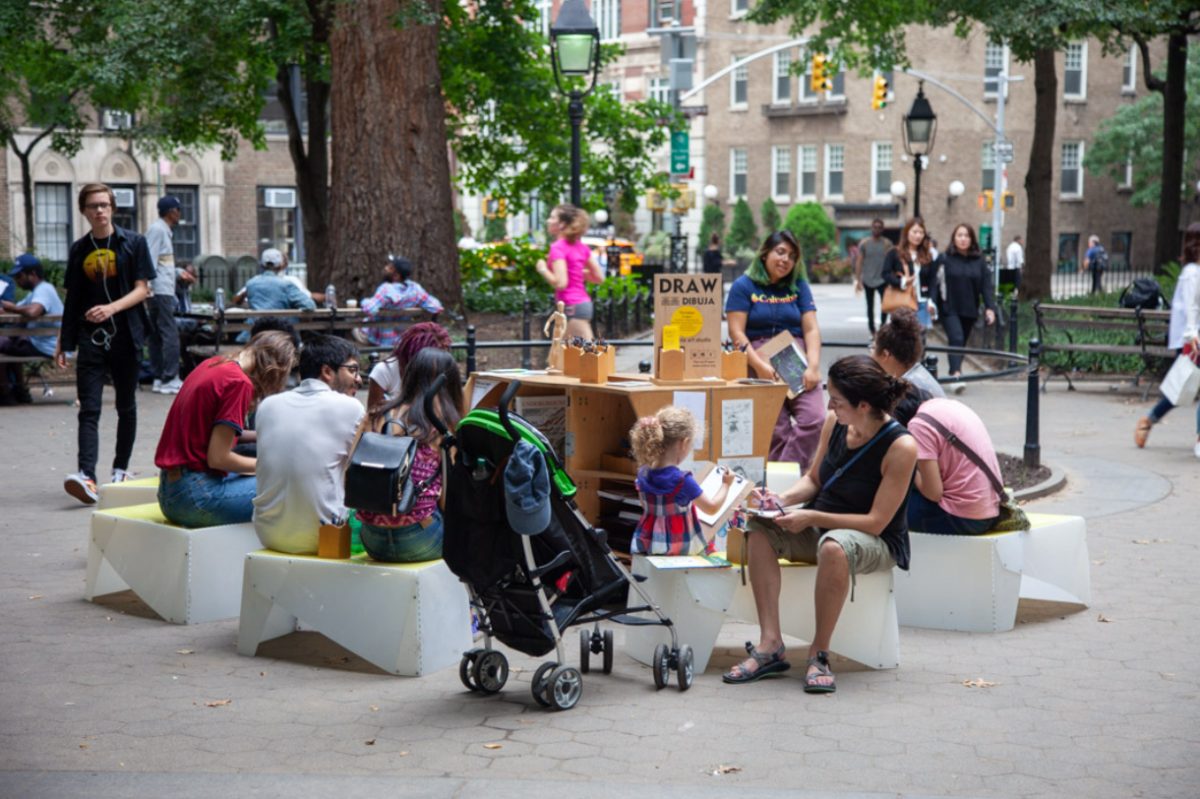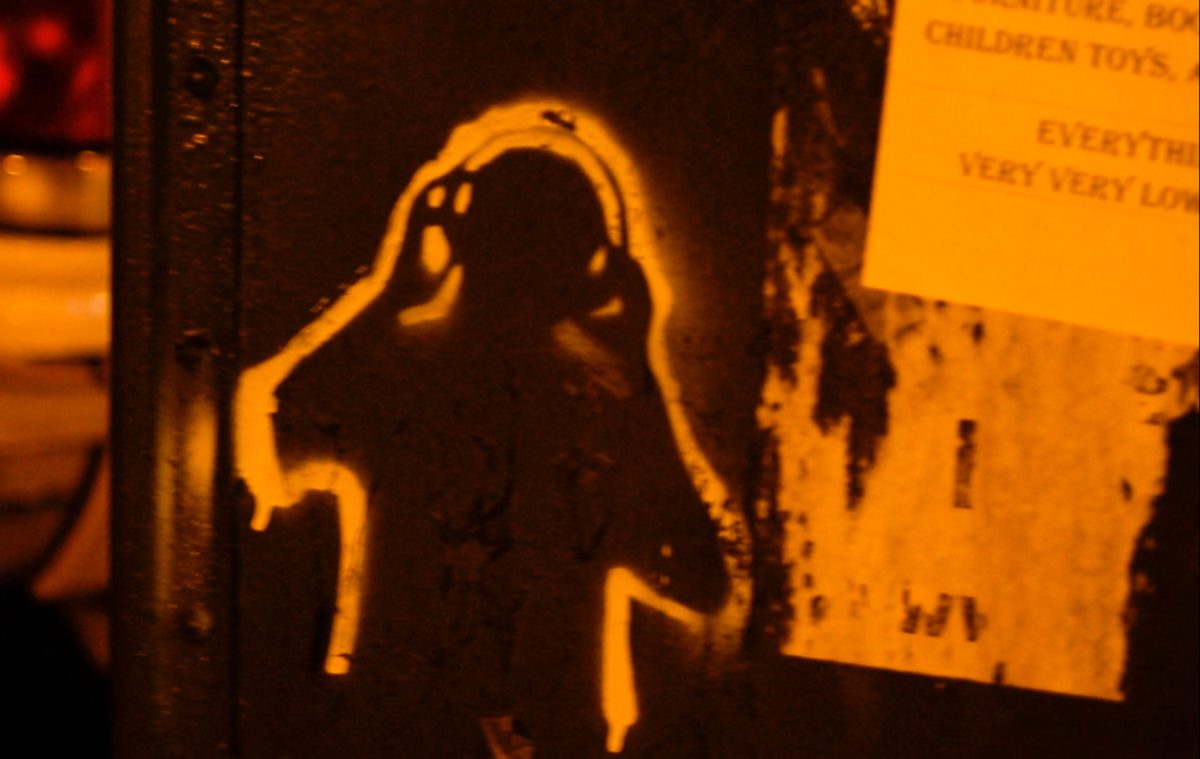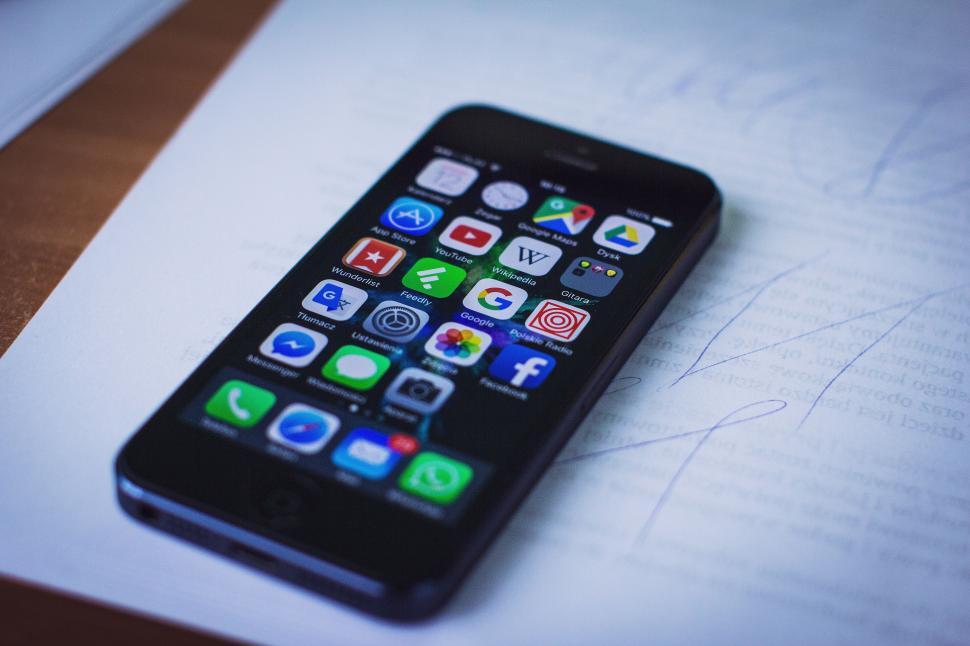In our post-pandemic America, we are lonelier than ever. According to a recent report from the U.S. Department of Health and Human Services (HHS,) feelings of loneliness in young adults have increased every year between 1976 and 2019, a trend that is likely to continue if we continue our individualistic ways of living.
A 2024 American Psychiatric Association (APA) poll showed that 30% of American adults say they felt lonely at least once a week, with 10% saying they felt lonely every day. This rate nearly triples amongst young adults.
So, what now? It is clear that loneliness has become somewhat of an epidemic in recent history, as we feel more isolated and disconnected from those around us. In order to fight these difficult feelings, we need to prioritize making time for friends and family.
Even so, it can be hard to find public spaces in which you can consistently meet up with loved ones for extended periods of time. This struggle, made more apparent by the recent pandemic, illuminates the importance of third places.
Third places, a concept introduced by sociologist Ray Oldenburg, are public spaces outside of the home and workplace in which people gather to socialize and enjoy one another’s company. Examples include Luke’s Diner from the hit 2000s show “Gilmore Girls” or the Central Perk coffee shop in the iconic sitcom “Friends.”
Both of these locations function as places for the characters to hang out with one another and socialize, usually without spending much money doing so. These areas are frequently visited throughout both shows, exhibiting their relevance to the social sphere.
Nowadays, the presence of third places continues to decrease as our society bounds towards individualism and the death of community. It seems like any activity a group of friends could think to do requires spending money, something that not many teenagers can afford to do multiple times a week solely for the purpose of socialization.
The days of spending 25 cents at an arcade or a couple of dollars at the mall food court are long gone and replaced with tokens that require a minimum amount of money spent and a pressure to go on entire shopping sprees rather than just finding a grimy table and talking for hours.
Even so, there is still hope for young adults to find third places within their community. It may take a little longer to recognize a third place in your life, but looking will always be worth the trouble. Having a space outside of your home, school and work life is essential for your own mental health and wellbeing, and can make you a happier, less stressed and more sociable person in your day-to-day life.
Let this be your sign to take notice of the places you find yourself going most often to hang out with friends. Try to find a third place that you love, whether that be a church, a gym, a library, a park or anything in between.
It is vital for young people to have safe spaces to just exist with other people–ones without high barriers for entry like wealth or location. Although we now live in a time where they are becoming harder to find, it is imperative that we continue showing our support for the existence of third places.









